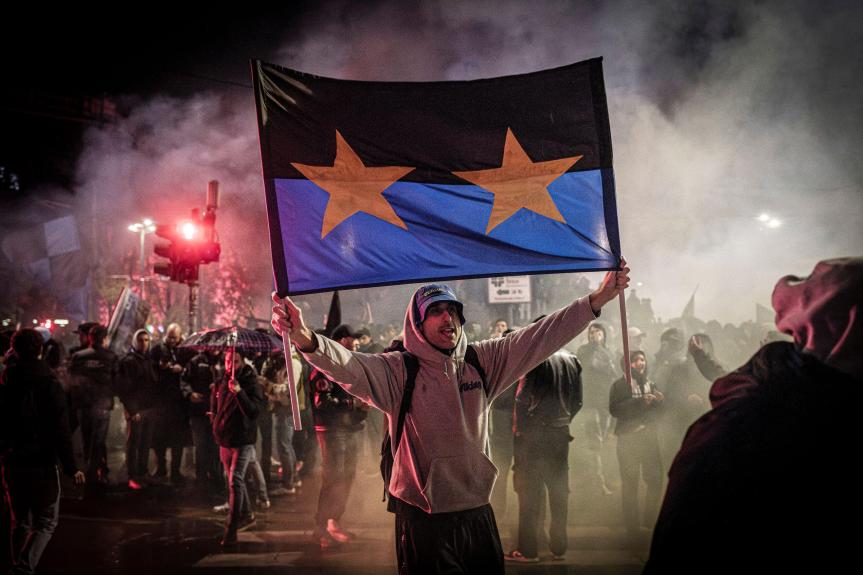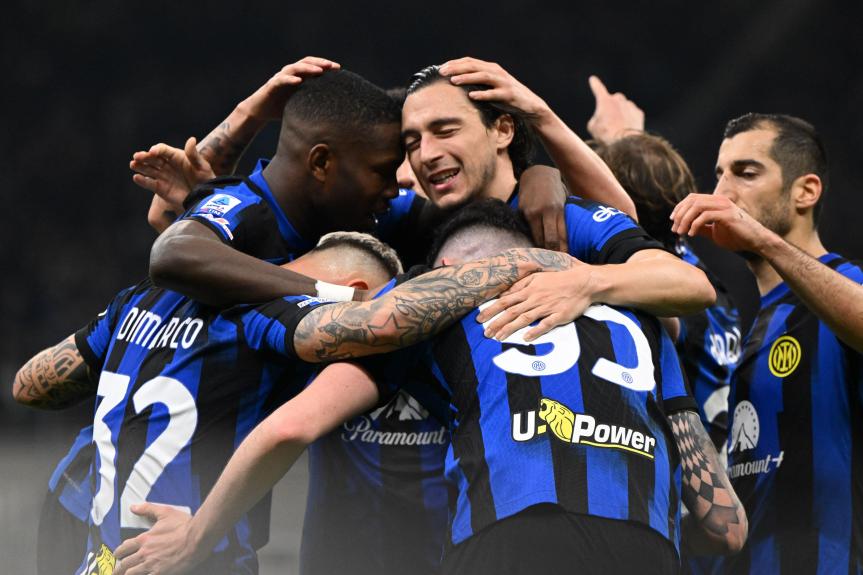ITALY’s Serie A had had four different champions in five years, with only Inter Milan securing two scudetti in that period. Their latest triumph, a 20th Serie A title, was richly deserved and underlined how much stronger Inter are than their nearest rivals. Beating AC Milan to rubber-stamp their title must have been satisfying even if the tension of the occasion almost got the better of both teams’ composure.
Inter have lost just once in Serie A, a surprise home defeat at the hands of Sassuolo. Their relentless form this season has been built on what many people believe is Europe’s tightest defence as well as the goals of Lautaro Martínez and Marcus Thuram.
Their success is all the more credible given the difficulties they have had behind the scenes with the financial problems of their Chinese majority owners, Suning. Inter’s team is not a young one, it has the highest average age in Serie A (29.6) and the core squad includes more than half a dozen players over 30.
Inter’s rivals have spent more in the market, in the past five years, Juventus’ gross spend totalled € 758 million compared to Inter’s € 502 million. Inter’s net spend in that same timeframe was a positive of € 6 million, compared to the € 202 million and € 155 million net expenditures of Juve and Napoli respectively. The club has earned some big fees from selling star players, such as André Onana, who was signed on a free transfer 12 months earlier from Ajax (€ 52 million Man.Utd), Achraf Hakimi (€ 60 million PSG), Romelu Lukaku (€ 115 million) and Mauro Icardi (€ 50 million PSG).
By contrast, the last really big signings include Nicoló Barella, who cost Inter € 41 million when he was signed from Cagliari in 2019. Barella, who has won 27 caps for Italy, is now valued at around € 75 million. Benjamin Pavard of Bayern Munich cost € 30 million in 2023 and Lautaro Martínez had a € 25 million price tag when picked up from Racing Club of Buenos Aires in 2018. Alessandro Bastoni was signed for € 31.1 million from Atalanta in 2017.
Barella, Martínez, Bastoni and Marcus Thuram cost a combined € 100 million, but in today’s market, they would be worth almost € 300 million. Others, such as Henrikh Mkhitaryan, Hakan Çalhanoglu, the club’s highest earner, and Marko Arnautovic didn’t come with a fee. There have also been some bargain hirings, such as goalkeeper Yann Sommer (€ 6.75 million from Bayern), Federico Dimarco (€ 5.2 million, Sion), Matteo Darmian (€ 3.3 million, Parma) and Francesco Acerbi (€ 4 million, Lazio). It is widely acknowledged that Inter did some shrewd business in the transfer market at a time when Suning was unable to invest more money into the club.
Transfermarkt values the Inter squad at € 622.4 million. Of the entire squad, 64% are non-Italian and of the most-used players in Serie A, there are 10 nationalities represented, including non-Europeans Argentina, Brazil and Chile.
It will be interesting to see how Inter’s accounts stack up for 2023-24. The first six months (to December 31) of the current financial year resulted in a profit of € 22 million. In 2022-23, they lost € 85 million, which was a significant improvement on the previous campaign, but over 10 years, Inter made losses of € 780 million. The club’s revenues were up by € 60 million to € 425 million in 2022-23, boosted by Inter’s run to the Champions League final. This season they went out of the competition in the round of 16. Inter’s wage bill, out of necessity, was cut in 2022-23, but with their league success in 2023-24, win bonuses may push salaries north once more.
Inter coach Simone Inzaghi, appointed in 2021, has one of the best win ratios in the club’s history. His 66.67% win rate is higher than past coaches José Mourinho, Helenio Herrera, Giovanni Trapattoni, Antonio Conte and Luciano Spalletti.
Inter’s scudetto is the fourth successive season in which a trophy has been won by the Nerazzurri and follows their 2021 title. That particular win ended a 10-year period without silverware, a barren spell that was the worst endured the club since 1940-1953.
Inter have some key men they will want to hang on to, such as Martínez, Barella, Bastoni Dimarco and Thuram. All are on contracts that run to 2026 and beyond. Premier League clubs are among those interested in these players. With some uncertainty over the club’s owners, will Inter be able to resist selling some of their top talent in order to fund their next team?


